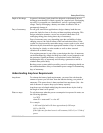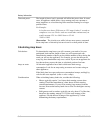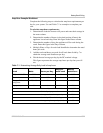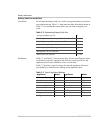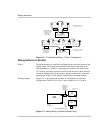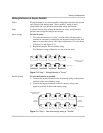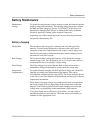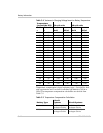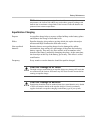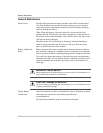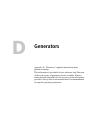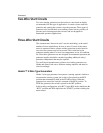
Battery Maintenance
976-0043-01-02 C–13
Battery Maintenance
Maintenance
strategy
To get the best performance from an inverter system, the batteries must be
properly setup and maintained. This includes setting the proper voltages
for Bulk and Float charging. See the “CAUTIONS” in the section on
Equalization Charging that follows. In addition, the battery terminals
should be inspected, cleaned, and re-torqued if necessary.
Neglecting any of these items may result in poor inverter performance
and greatly reduce battery life.
Battery charging
Charge Rate The maximum safe charge rate is related to the size and type of the
batteries. Flooded lead acid batteries (with removable caps) can be
charged at a high rate. Small batteries may require a lower charge rate.
Check with your battery vendor for the proper battery charging rate for
the batteries used in the system.
Bulk Voltage This is the maximum voltage the batteries will be charged to during a
normal charge cycle. Gel cell batteries are set to a lower value and non-
sealed batteries are set to a higher voltage setting.
Float Voltage The Float voltage is set lower than the Bulk voltage and provides a
maintenance charge on the batteries to keep them in a ready state.
Temperature
Compensation
For optimal battery charging, the Bulk and Float charge rates should be
adjusted according to the temperature of the battery. This can be
accomplished automatically by using a BTS. The sensor attaches directly
to the side of one of the batteries in the bank and provides precise battery
temperature information.
When battery charging voltages are compensated based on temperature,
the charge voltage will vary depending on the temperature around the
batteries. The following table describes approximately how much the
voltage may vary depending on the temperature of the batteries.
If you have liquid lead acid batteries (non-sealed), you may need to
periodically equalize your batteries. Check the water level monthly to
maintain it at the appropriate level.



